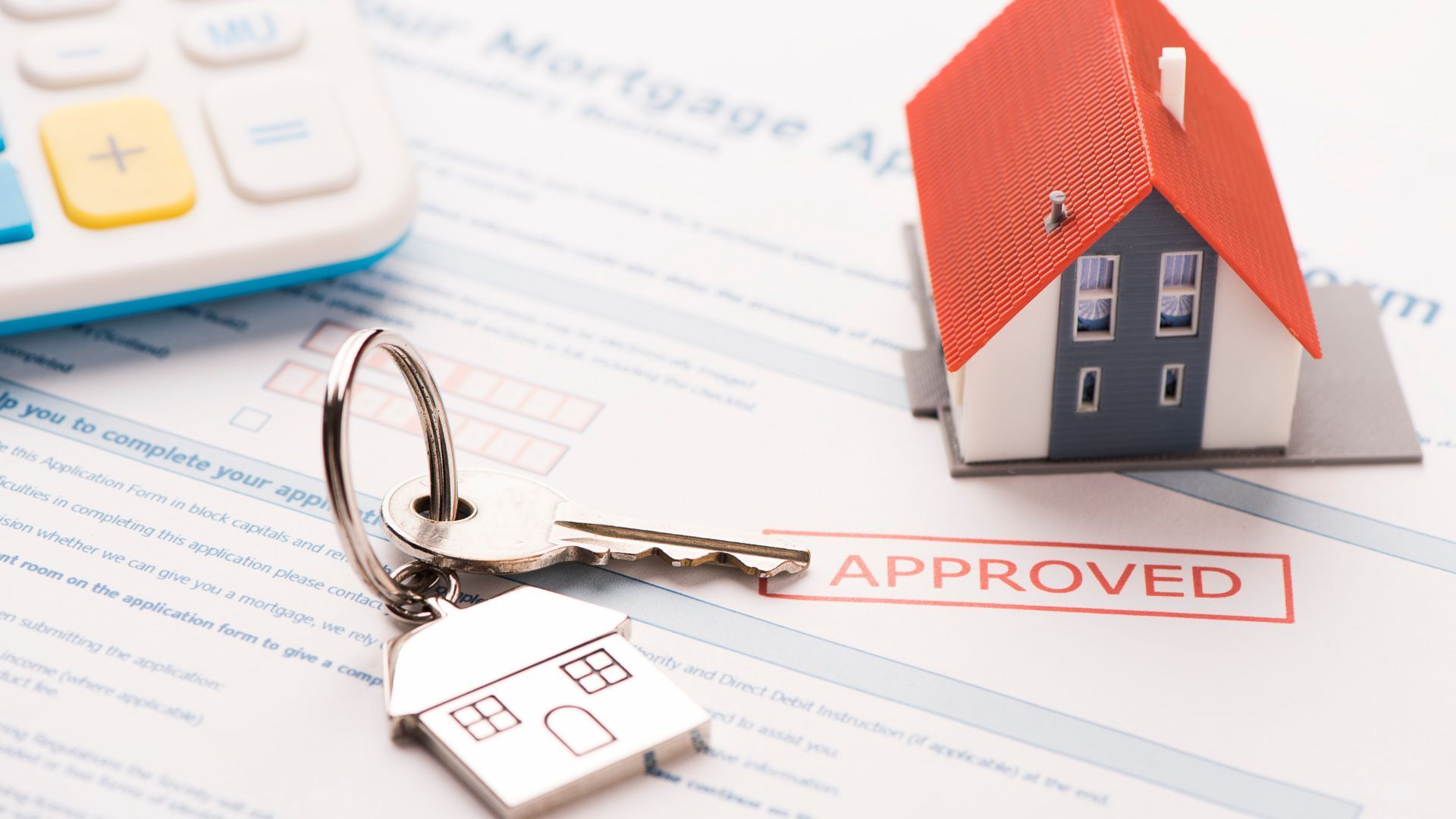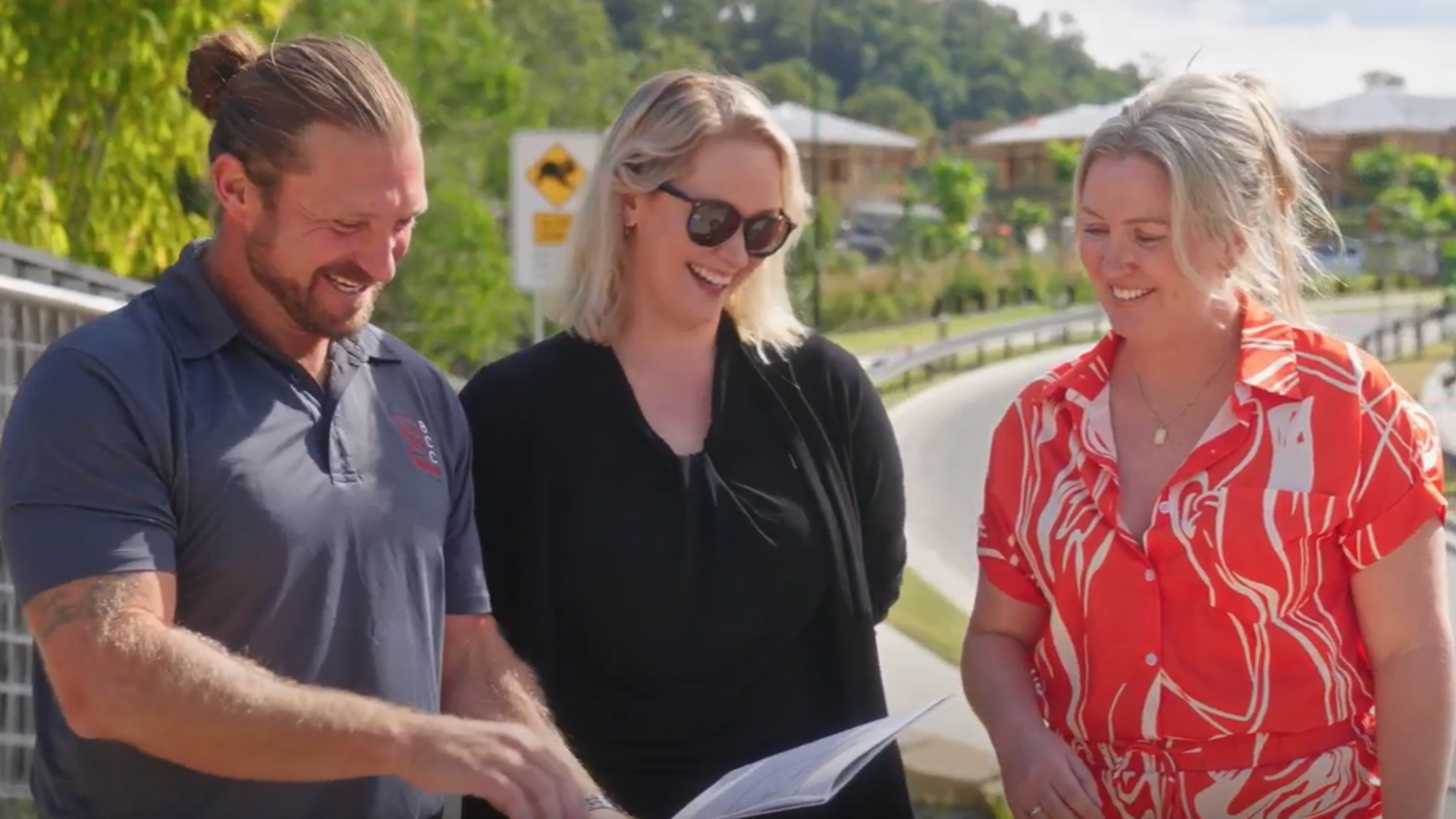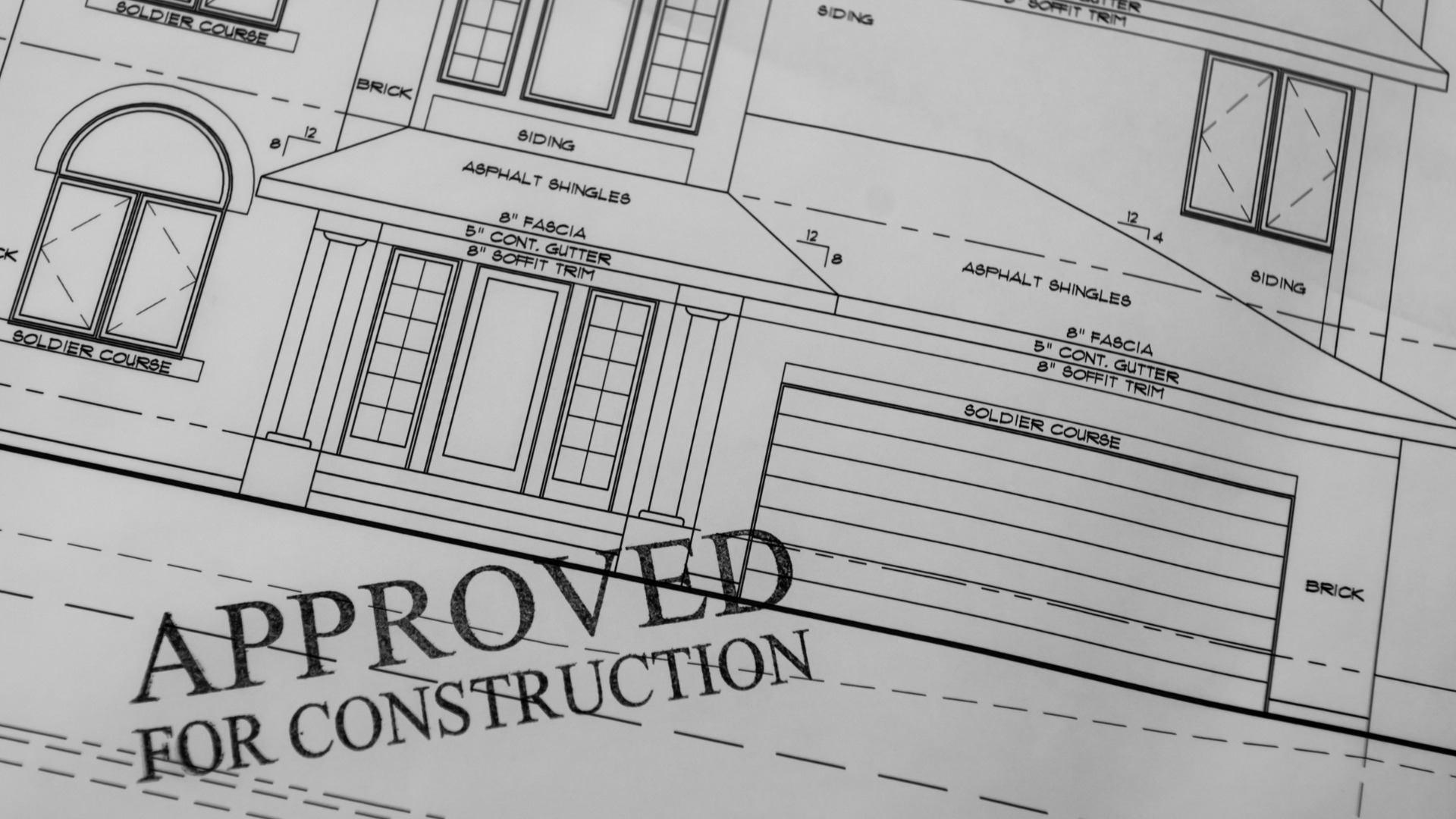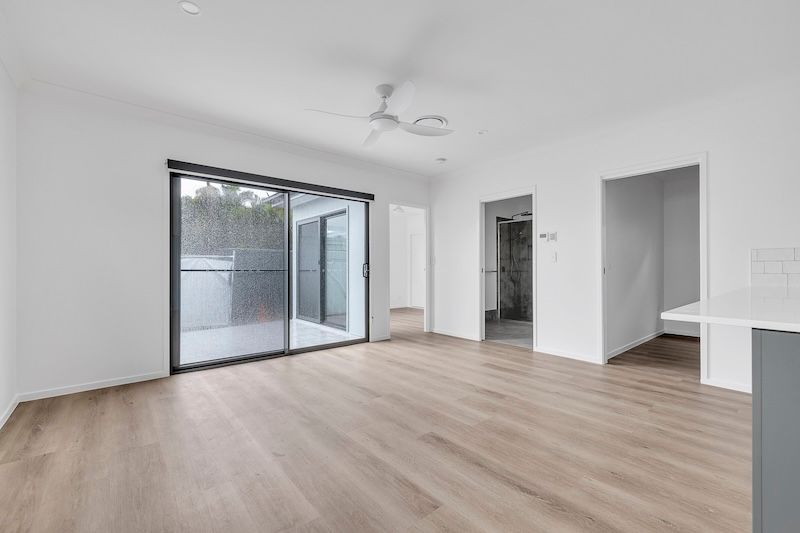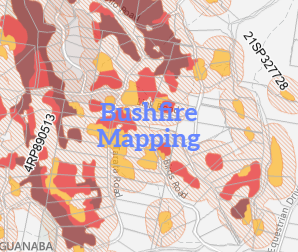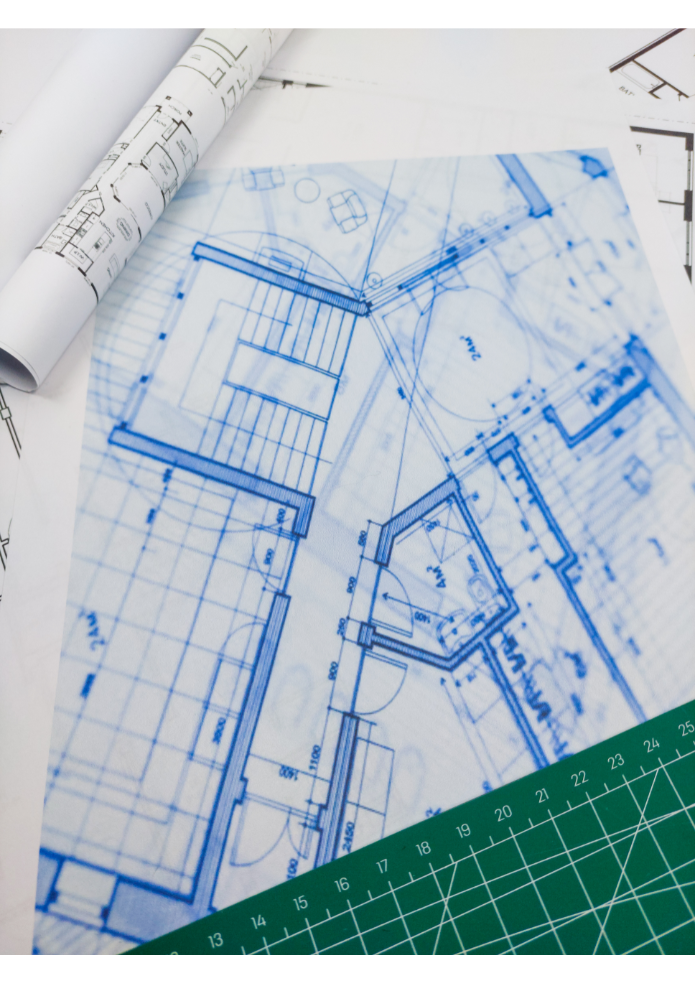You'll be surprised where you can fit a granny flat - even on smaller blocks.
July 23, 2024
‘I want to build a granny flat, but I’m not sure we can fit one on our property.’ If I had a dollar....
Building a granny flat
is an easy and affordable way to create extra rooms, generate income, or house mum and dad, and with few barriers to entry. Yet some people fail to go to the next step because they don’t realise the potential their backyard has to offer.
Considering some of the more challenging blocks we’ve inspected and built on, it is so rare that we have been unable to provide a solution to clients that suits their block and budget simultaneously. This blog post highlights some of the more intricate spaces we have had to overcome to provide a solution for our clients.
Our first-ever granny flat was built over an existing shed concrete slab where the floorplan was custom-designed to work with the slab and maintain a 900mm distance between the granny flat and the main house, from eave to eave at the closest point - this is as close as you can build between the two dwellings under the Gold Coast City Council secondary dwelling code. The challenges to overcome here were getting a floor plan that provided enough distance between the two homes while incorporating the existing slab and orientating the granny flat to give each respective home sufficient privacy. However, this is exactly what we achieved, and the clients couldn't be happier (just watch their testimonial on our website)!
By comparison, another job we have recently started in Miami
is on a block of only 400m2 yet, we have managed to build a 74m2 granny flat there. The site certainly wasn’t ‘ideal’ to build a secondary dwelling on as it has all the nightmare features that make building homes a real 'head-scratcher'; an electrical board dating back to the 50s, overhead powerlines, 980mm access down one side for all machines and materials to access the site. The site is a street back from the beach, so the site was basically sand, which required 15 screw piers at 2.8m deep (on average). Nonetheless, we carry on making magic!
As I write this, I’ve just finished selecting fixtures and fittings for another client about to start building a granny flat on top of an existing garage! After meeting with the clients for the first time earlier this year, there was nowhere suitable for a granny flat on the almost 700m2 block, when Sam decided that the only way was up. The challenges presented here started with trying to configure a one-bedroom design (not a studio), with a bathroom, laundry, and full kitchen around the footprint of a 36m2 garage. With some incredible foresight from our drafty, client, engineer, and Sam a solution was born – we even got an 8m2 deck and large bedroom cantilevered off the existing structure. We look forward to showcasing this one our social channels and webpage soon – watch this space.
So if you have been considering building a granny flat, but are unsure about your property, don’t hesitate to book a discovery call to see how we can help - https://calendly.com/bcchomes
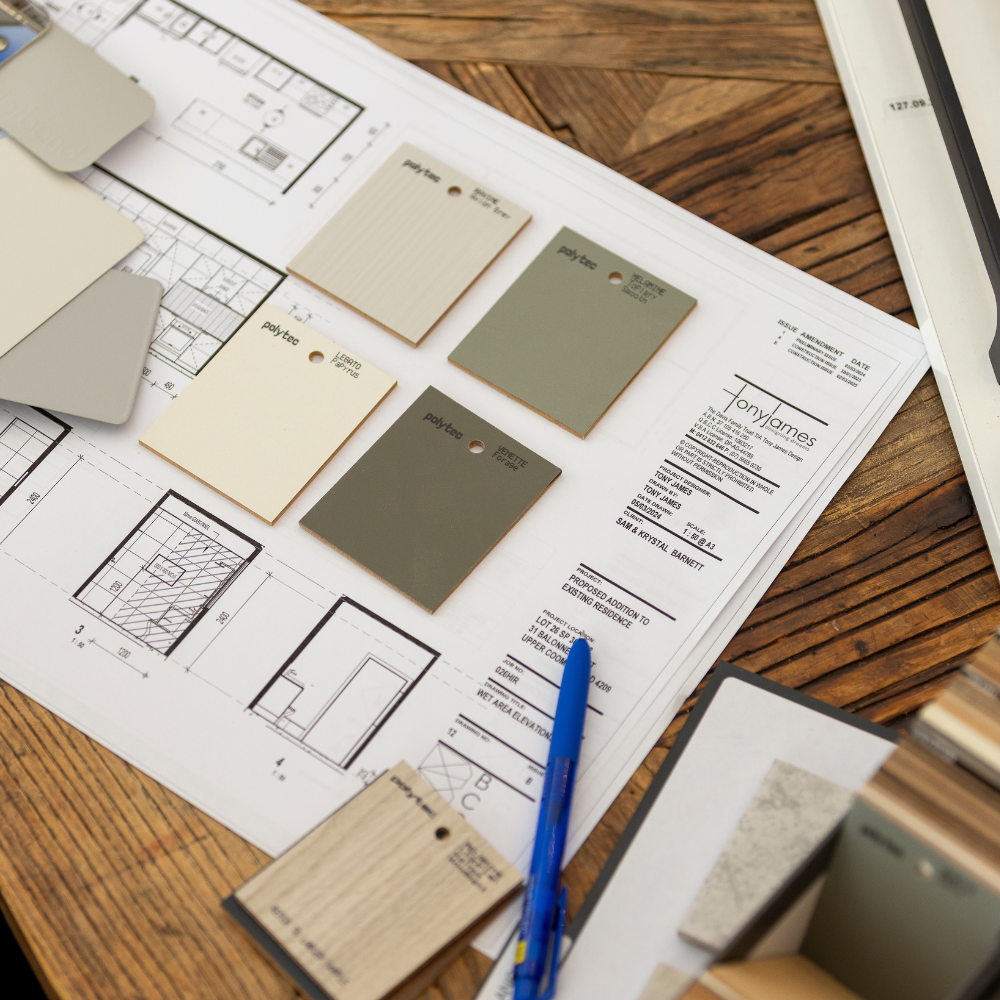
If you've started collecting quotes for your Granny Flat, you've probably noticed prices can vary by tens of thousands of dollars. So how do you know which quote represents the best value? Here's the thing: not all quotes are built the same way. Two builders can quote the same project, but what they include can be completely different. Understanding these differences is the key to making a confident, informed decision. Let's break down what to look for. 1. Ask for a Detailed Inclusions List Some builders quote only the basic structure, while others include everything from design and approvals to quality finishes and fixtures. The difference can be significant – sometimes $20,000–$40,000 worth of items. Always ask for a detailed inclusions list so you can see exactly what's covered. If something isn't written down, make sure to ask about it. The more detail you have upfront, the easier it is to compare your options fairly. Tip: If something isn’t listed, it’s probably not included. 2. Understand Your Site Conditions Every site is unique. A flat, easily accessible block will have different requirements than one that's sloped or has access challenges. Generic quotes based on "typical conditions" might not reflect your actual situation. At BCC Homes, we never offer a fixed-price quote until Sam has assessed your site. This way, you get an accurate number based on your specific property – giving you confidence in the price from day one. 3. Clarify What's Included in Design and Approvals Some builders charge separately for design work, plan revisions, and approvals, while others include these as part of the process. At BCC Homes, we include design and approvals with 3 plan revisions built in. Understanding what's covered here not only saves you time and potential surprises later but also helps you budget accurately and ensures your design will meet all council, energy efficiency, and bushfire requirements before construction begins. 4. Look at the Builder's Track Record Beyond price, consider the builder's communication style, reviews, and completed projects. A builder who's clear and transparent during the quoting process will give you confidence throughout the entire build. Look for someone who answers your questions thoroughly and helps you understand what to expect. At BCC Homes, we’re happy to walk you through our inclusions and help you compare your quotes line by line, so you know exactly what you’re getting. The Bottom Line The goal isn't necessarily to find the cheapest quote – it's to find the best value. That means working with a builder who's transparent, includes everything you need from the start, and helps you understand every step of the process - no hidden extras, no guesswork. At BCC Homes, we're here to help you understand your quotes and make informed decisions. We're happy to walk you through our inclusions line by line, so you can compare your options with confidence. Ready for your quote? Book in a call and let's see how we can turn your dream into a reality. Link


